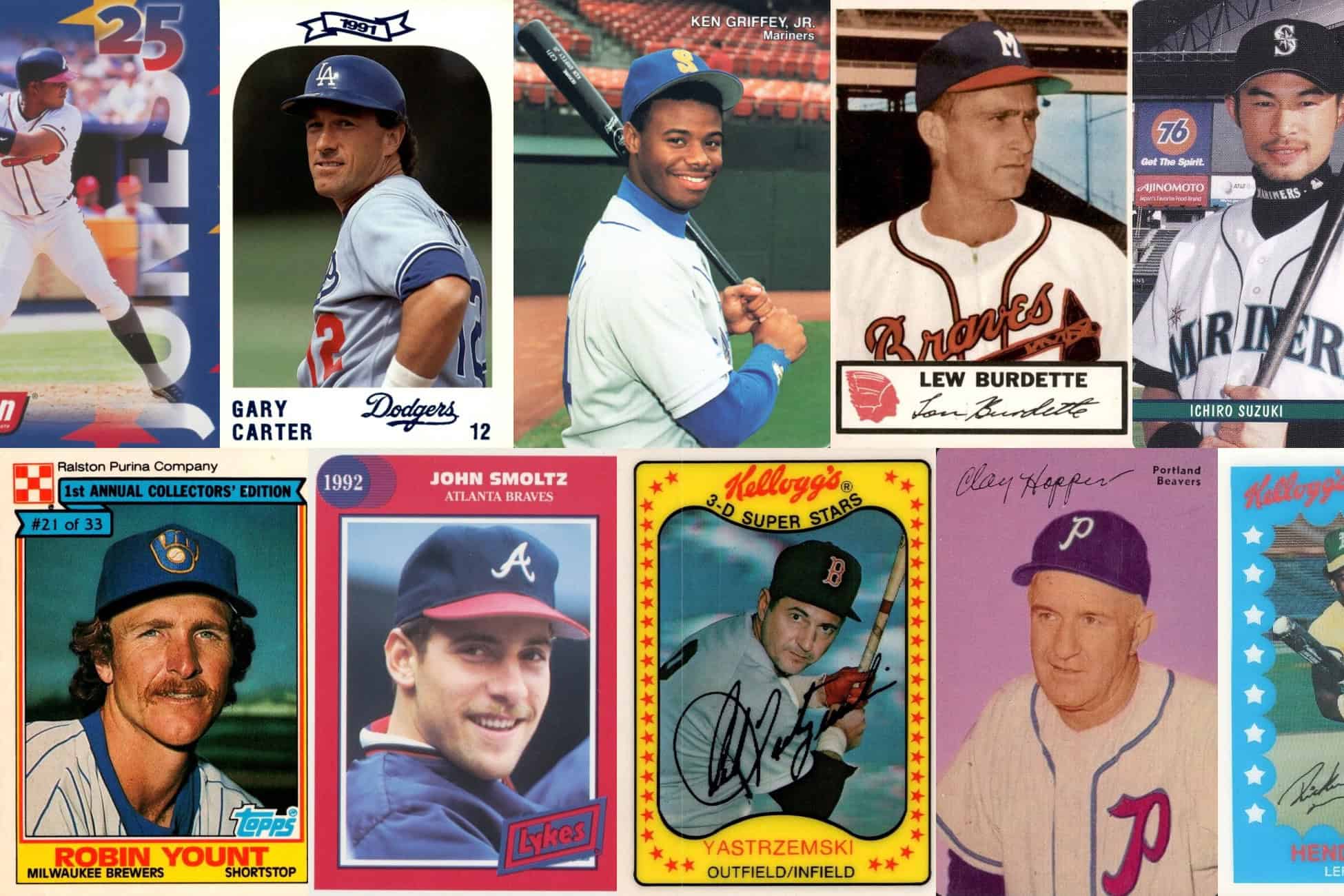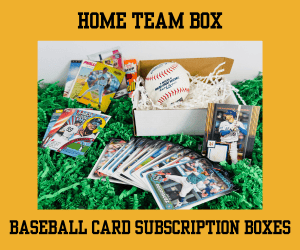Baseball card collecting has never been limited to the big flagship sets. While Topps, Fleer, and Donruss dominate most discussions about hobby history, there exists a parallel world of cards that came not from wax packs but from cereal boxes, cookie bags, or giveaway tables at ballparks. These so-called oddball cards – regional issues, food premiums, and forgotten promos – carry their own charm, blending marketing creativity with baseball fandom.
For many collectors, oddballs evoke memories that mainstream sets cannot. They remind us of Saturday mornings spent pouring cereal just to find the card at the bottom, or of a summer ballgame where a stack of freebies greeted fans at the gate. Oddballs tell the story of how companies big and small used baseball to reach customers, and why collectors still cherish them decades later.
How Oddball Cards Began
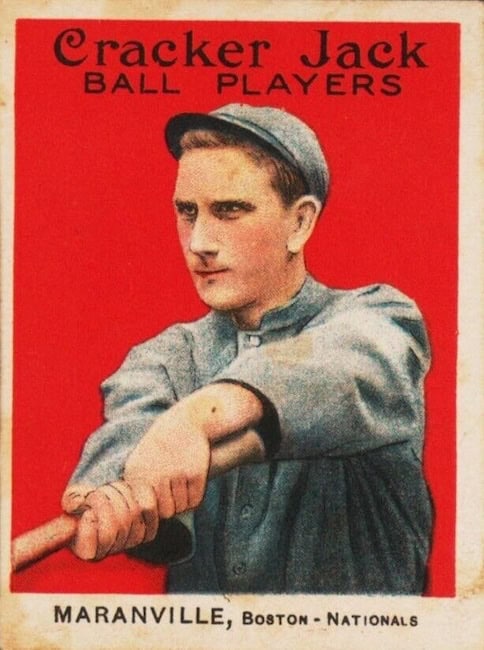
Oddball and novelty baseball cards trace their lineage back to the earliest years of baseball card production. In the late 19th century, tobacco companies began slipping lithographed portraits of players into cigarette packs. These early issues, like the legendary T206 set, served as both pack stiffeners and marketing tools. A customer who wanted a full set had to keep buying cigarettes, creating a feedback loop that linked smoking habits with baseball fandom.
Food companies soon realized they could do the same. Cracker Jack’s 1914 and 1915 issues remain two of the most famous prewar food-related card sets. Each box contained a small card printed on thin stock, often stained by caramel or peanuts. Kids clamored for Cracker Jack not only for the sweet treat but also for the promise of a baseball hero inside. Other candy and gum companies followed suit, embedding players into the fabric of American consumer culture.
Oddball Manufacturers

At the core, novelty card production was always about brand visibility. Companies recognized that baseball players carried cultural authority. Associating a brand with a star athlete generated goodwill and encouraged repeat purchases. For a cereal company, a baseball card could tip the balance in a crowded grocery aisle.
These cards also promoted loyalty. Kellogg’s, beginning in 1970, made cards part of a broader promotion that encouraged kids to mail in proofs of purchase for complete sets. Hostess in the 1970s printed three-card panels directly onto snack cake boxes, essentially turning packaging into a collectible. Mother’s Cookies made their cards available only in West Coast grocery stores, adding an element of exclusivity. Stadium giveaways carried the same principle into live baseball environments, rewarding fans for showing up and leaving them with a physical reminder of the sponsor’s generosity.
Beyond sales, cards functioned as cultural ambassadors. A police-sponsored set might promote community trust. A local business giveaway linked commerce to civic pride. For companies, producing cards was not only smart marketing but also a way to embed themselves into the cultural ritual of baseball.
Oddball Card Distribution
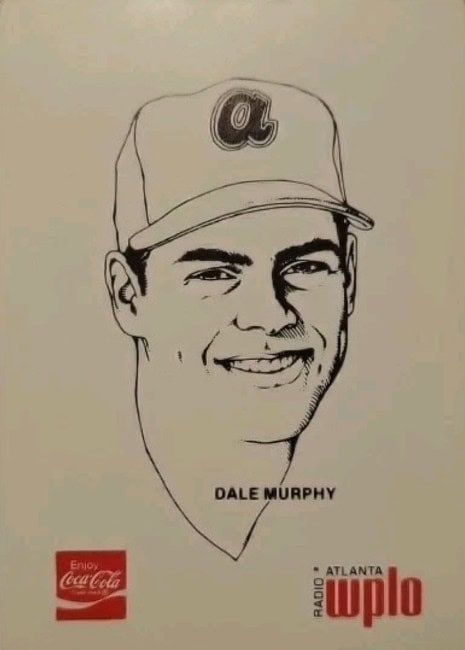
Distribution defined the oddball experience. The method of delivery was as important as the cards themselves. Companies used several strategies:
- Inserted into packaging: Kellogg’s slipped cards inside cereal boxes, while Cracker Jack tucked them next to the caramel corn.
- Printed on packaging: Hostess placed three-card panels on the bottom or side of snack cake boxes, encouraging buyers to cut them out.
- Mail-in offers: Kellogg’s often gave collectors the option to mail in cereal box tops to receive entire sets in one mailing, ensuring repeat purchases.
- Stadium giveaways (SGA): Teams handed out cards at the gate, often sponsored by banks, car dealerships, or local radio stations.
- Regional promotions: Mother’s Cookies sets appeared only in certain grocery chains in California, Oregon, and Texas, making them harder to find for collectors elsewhere.
These approaches maximized engagement. A child eager to finish a set might nag parents for multiple cereal boxes or carefully clip Hostess panels from every snack cake in the pantry. Fans leaving a stadium with free cards gained both a souvenir and a reason to remember the sponsor.
Production Methods and Challenges
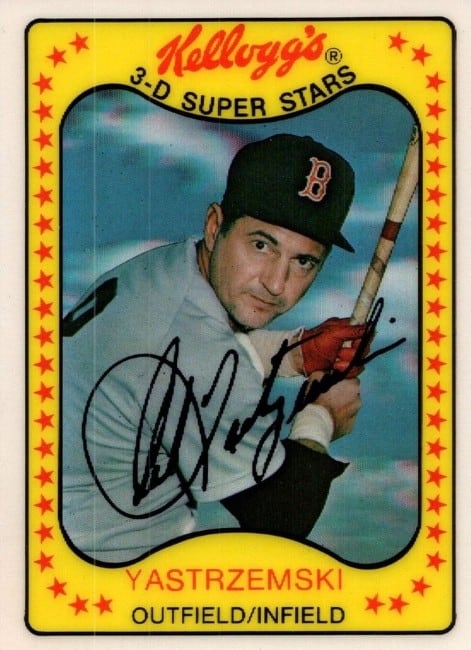
Oddball cards often stood out because of how they were produced. Kellogg’s sets from 1970 through 1983 used lenticular printing, a technology that layered plastic ridges over images to create a 3D effect. The cards popped visually, but the brittle coating often cracked, especially after years in cereal boxes.
Hostess printed their cards directly onto cardboard packaging. This approach made every box of Twinkies or CupCakes part of a collectible. Yet collectors had to cut the panels by hand, creating condition challenges. Perfectly cut Hostess cards are rare, and grading companies today assign extra scrutiny to edges and centering.
Mother’s Cookies went in another direction. By the 1980s, the company sealed entire sets in clear plastic bags inside cookie packages. This innovation protected the cards from food damage and made it possible to acquire a full team set in one purchase. It was one of the first attempts to balance consumer product marketing with collector satisfaction.
Stadium giveaways varied in quality. Some were printed on flimsy stock, while others rivaled Topps in design and durability. Police department sets often included safety messages on the back, giving them dual roles as public service announcements and collectibles.
Famous Oddball Card Sets

Several oddball sets stand out as landmarks in hobby history:
- Cracker Jack 1914/1915 cards: While older than the postwar oddballs, they remain the archetype of food issue cards. The Joe Jackson and Ty Cobb cards are among the most valuable prewar issues in the hobby.
- 1970-1983 Kellogg’s 3D Super Stars: The lenticular design made them iconic. Cracks in the plastic are common, but high-grade examples of stars like Nolan Ryan, Pete Rose, and Roberto Clemente remain prized.
- 1975-1979 Hostess panels: Featuring stars such as George Brett, Mike Schmidt, and Reggie Jackson, these panels often appeared alongside cream-filled snacks. The do-it-yourself element of cutting made them unforgettable.
- Mother’s Cookies team sets: Produced for West Coast clubs, they became beloved regional issues. A complete 1984 San Francisco Giants set, for example, offered clean photography and was widely distributed at grocery chains.
- 1980s-1990s Stadium giveaways: Examples include the 1982 St. Louis Cardinals set sponsored by Coca-Cola and the 1990 Los Angeles Dodgers police set. Many featured unique player photos not found in mainstream releases.
Certain individual cards have achieved fame within these sets. The 1974 Kellogg’s Nolan Ryan card is notorious for its susceptibility to cracks yet remains highly sought. Hostess cards of Hall of Famers in their rookie years – like Mike Schmidt – carry added appeal. Mother’s Cookies sets often included regional favorites who lacked major Topps cards, giving fans exclusive player images.
The Appeal of Novelty Cards

Collectors value oddballs for several intertwined reasons. First, they are tied to personal memories. Many fans recall digging into a cereal box or opening cookies just to get to the cards. That sense of discovery imprints strongly.
Second, oddballs stand apart from the mainstream. Their unique designs – 3D effects, hand-cut panels, full-bleed photos – set them apart from standard wax-pack cards. They offer variety in a hobby sometimes dominated by repetitive formats.
Oddballs also provide access to unique images. Some players appeared only in regional sets or were photographed in casual poses rather than staged studio shots. These variations offer a fresh look at familiar stars.
Finally, oddballs often remain affordable. While mainstream rookie cards can cost thousands, many oddball sets remain within reach, letting collectors enjoy history without overspending.
Are Oddball Cards Still Collectible?
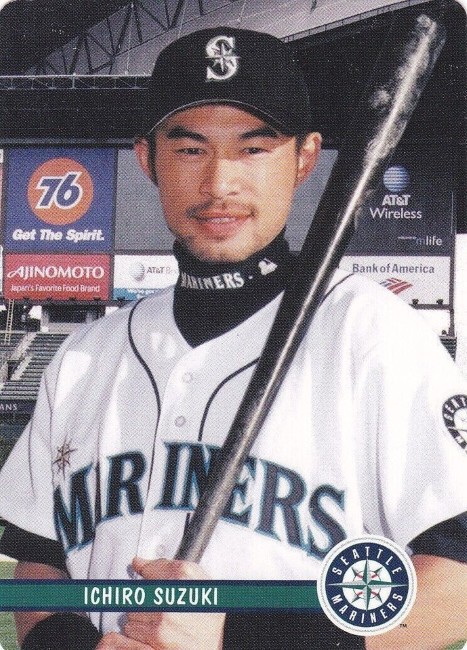
Oddball cards have grown in appreciation, particularly as nostalgia-driven collecting has surged. Collectors in their 40s and 50s who grew up with Kellogg’s or Hostess now seek to complete sets they once clipped or cracked. Graded examples of stars command significant premiums, especially in high grades.
Mother’s Cookies sets enjoy a strong regional market, particularly among Giants, A’s, and Dodgers fans. Hostess panels, especially uncut, have become valuable not only for star power but also because many were discarded once snacks were eaten. Kellogg’s cards have proven durable in popularity despite condition issues, and they continue to attract both casual and serious collectors.
Stadium giveaways remain somewhat undervalued, but that may change as collectors recognize their historical value. Because many were produced cheaply, pristine examples are scarce. The nostalgia of holding a free ballpark card is starting to resonate with modern hobbyists.
Oddballs as a Study of Consumer Behavior
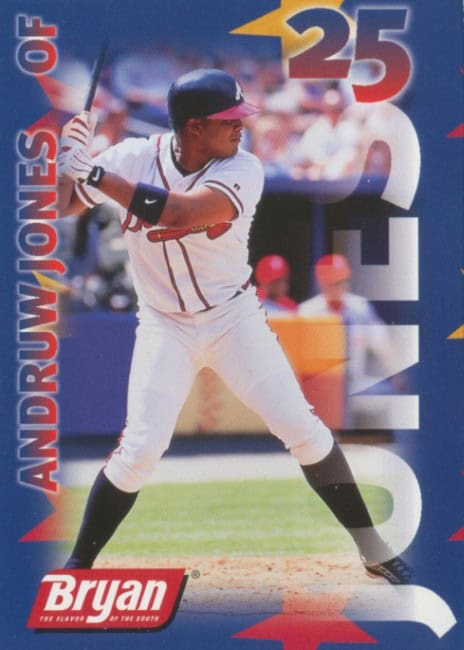
Oddball cards reveal much about American culture. They show how baseball, commerce, and advertising intersected. Food issues highlight the role of processed snacks in postwar life. Stadium giveaways reflect the growing corporate partnerships in professional sports. Police and community-sponsored issues speak to efforts at civic engagement.
They also demonstrate technological shifts. Lenticular printing in the 1970s represented cutting-edge graphics. Hostess packaging reflected a do-it-yourself ethos. Mother’s Cookies showed how companies balanced product marketing with respect for collectors.
By studying oddballs, we learn not just about players and teams but also about the evolution of consumer behavior, marketing strategies, and regional identity.
Challenges and Preservation
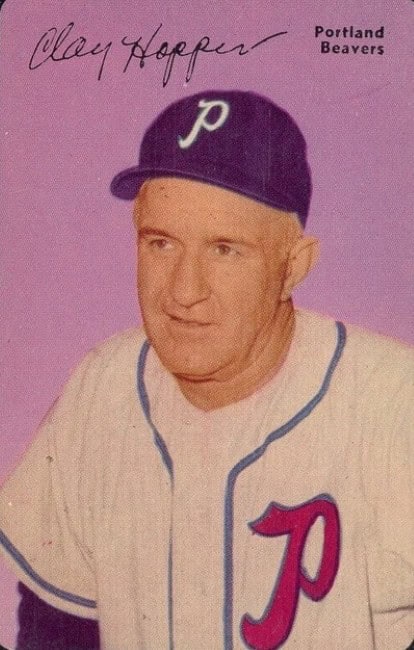
Oddball collectors face unique preservation hurdles. Cereal-box storage left Kellogg’s cards prone to bending. Hostess panels often carry grease stains or ragged edges from children’s scissors. Lenticular surfaces crack, and stadium giveaways fade due to poor paper quality.
Today, grading companies account for these quirks, but condition scarcity remains high. Collectors debate whether a hand-cut Hostess card should be considered authentic or compromised. Many argue that the imperfection is part of the charm, a reminder that these cards were never meant to survive pristine.
Preservation requires creativity. Hostess panels are often stored uncut, while Kellogg’s cards benefit from rigid holders to prevent further cracking. Collectors treat them as both fragile artifacts and nostalgic treasures.
Why Oddballs Endure
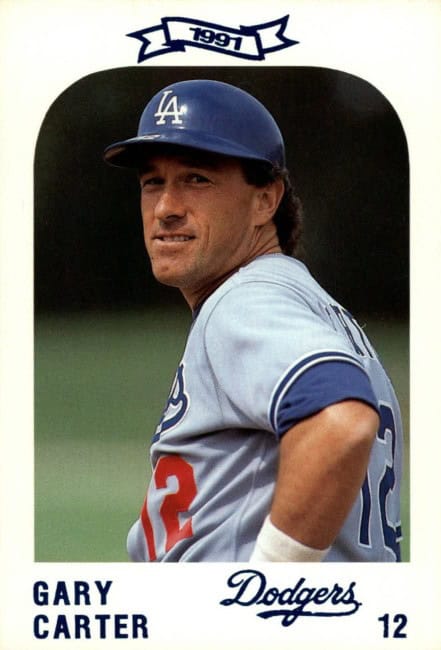
Oddball cards endure because they connect baseball to everyday life. They show how a game beloved across generations seeped into kitchens, school lunches, grocery aisles, and community events. They remind collectors that baseball is not only about statistics and rookies but also about shared experiences.
They also underscore that collecting is about more than money. While flagship rookies dominate headlines, oddballs offer joy at lower cost and with personal meaning. A 1976 Hostess George Brett panel may not rival his rookie card in value, but for a collector who grew up cutting it from a Twinkies box, it carries priceless significance.
Conclusion
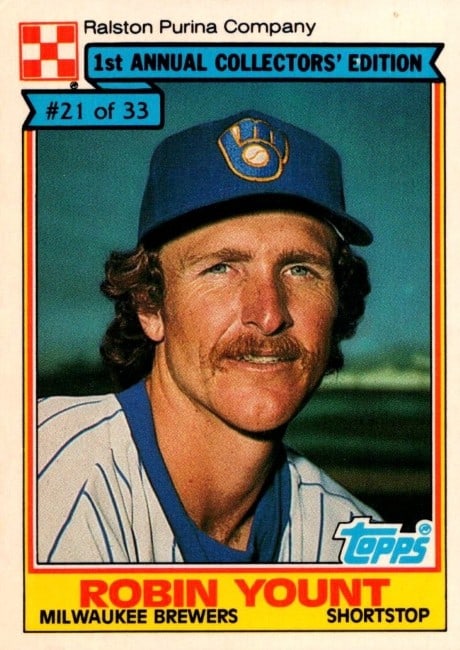
The world of oddball cards is vast, quirky, and endlessly rewarding. From Cracker Jack to Kellogg’s, from Hostess panels to Mother’s Cookies, from stadium promos to police giveaways, novelty cards prove that baseball collecting thrives outside the mainstream. They represent the creativity of marketers, the passion of fans, and the joy of unexpected discoveries.
Oddballs stand as cultural snapshots, linking baseball with the foods we ate, the communities we lived in, and the stadiums we visited. They may be fragile, regional, or forgotten, but they remain beloved. Collectors who chase them keep alive the spirit of surprise and delight that first made baseball cards more than just cardboard.
